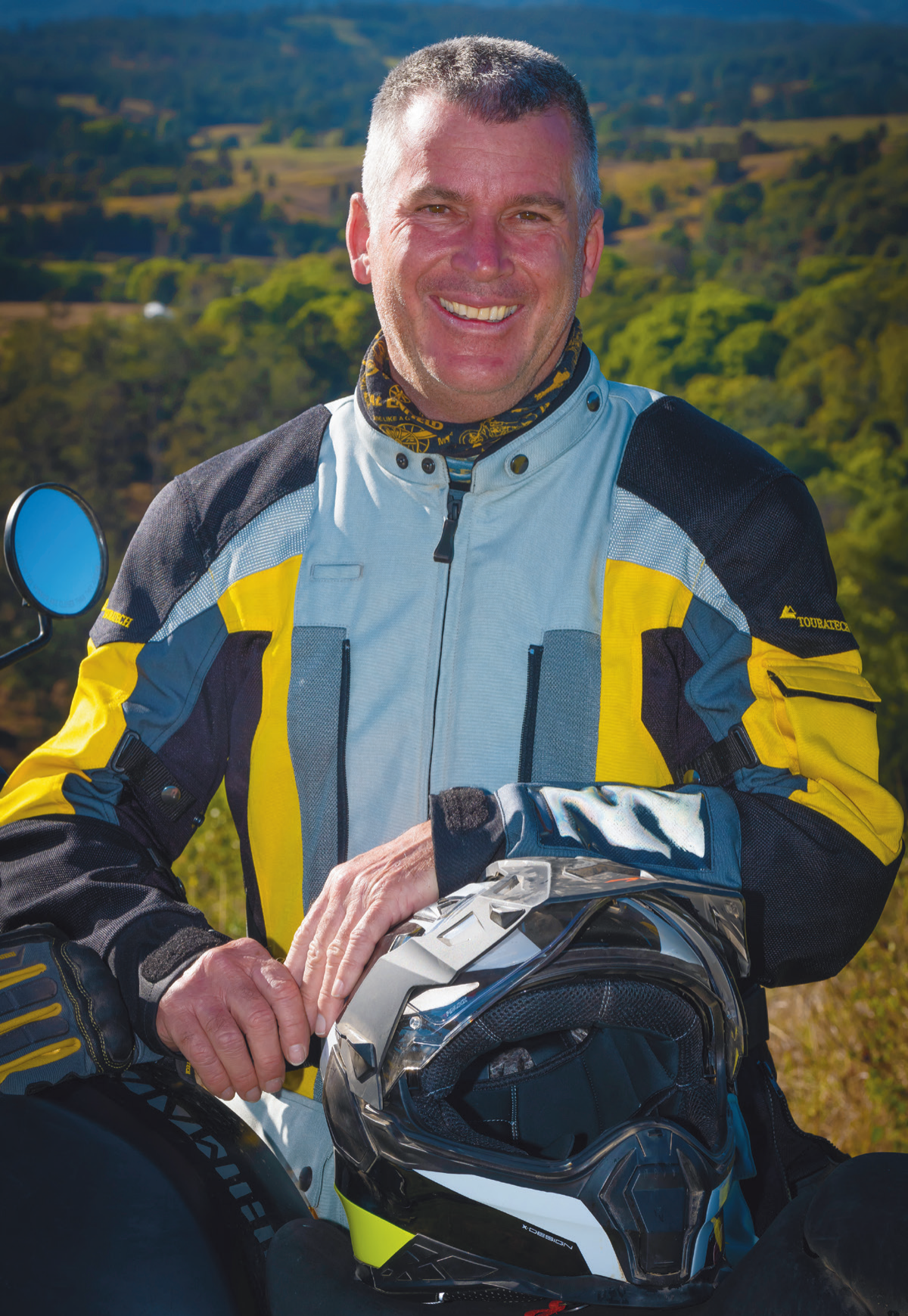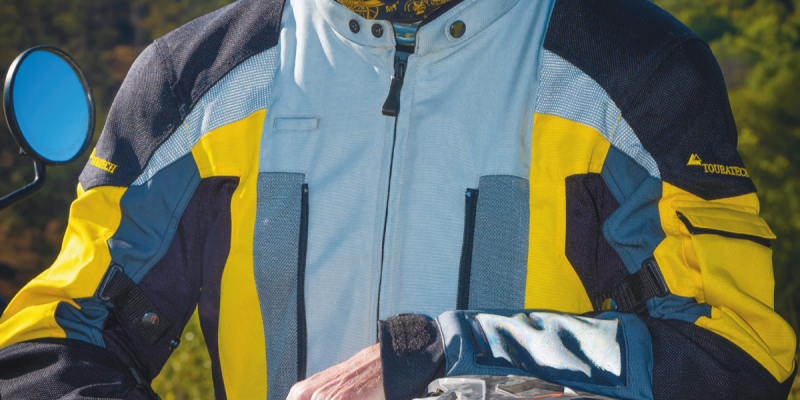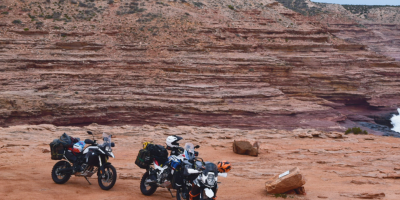- It’s what we do – adventure motorbike riding tours magazine news events
- Dakar 2019: The Wish
- Yamaha Ténéré 700: First Aussie Ride!
- Under African Skies – australian adventure motorbike magazine
- Ducati Multistrada Enduro 1260
- Congregations (NSW and WA)
- Royal Enfield Himalayan – adventure motorbike magazine – australia
- Kimberley Dreaming
- Ural Adventure Ride = australian adventure motorbike magazine
- Bali Tour 2019 – Perth Adventure Riders
- Scott Britnell
- Window Shopping
- Fathers Day = australian adventure motorbike magazine
- Blue Banger Run = adventure motorbike riding
- KLRRR
- Best Job In The World
- Tubeless Bliss with Miles Davis
- Retyrement with Andy Strapz
- Food For Thought with Karen Ramsay
- Checkout
- Fit Out
What’s the most annoying thing anyone can do on a ride?There must be lots of things, but riding along with a blinker on has to be at the top of the list.
I can be struggling to get through a tank-deep wallow of bulldust on the edge of a cliff and pursued by slathering death adders, and if the rider in front of me has left the blinker on since the last turn, that’s what I’ll be pissed off about.
Why is that, I wonder? Why is it that with all the potential dramas we face on a ride, it’s often really inconsequential things that make us burn?For me it’s a real problem when I’m tired, and that’s something I’ve learned to look for in myself, because fatigue is a serious and insidious problem.
Recognising symptoms of fatigue can be the difference between finishing a tough ride on the bike or in an ambulance, especially over long-distances.
Once fatigue has a hold there’s little can be done about it, and one of the really nasty facets of the whole thing is it feeds on itself.
Because we’re a little worn we try harder. We try to maintain the concentration and force ourselves to stand up and muscle the bike a little more.
That, of course, uses more physical and mental energy and the downward spiral to an incident becomes ever faster until, usually, some-thing gives or fails. For an adventure rider that mostly means we crash our brains out or end up in some hopelessly ill-judged situation.
“ Recognising symptoms of fatigue can be the difference between finishing a tough ride on the bike or in an ambulance. ”
Accepting and understanding the symptoms of fatigue is the best way of dealing with it, but it’s a very individual phenomenon. We all have our own different traits and we need to learn what they are. We especially need to learn the early symptoms, because that’s our chance to manage the situation and make sensible decisions about whether we stop and rest or, if we elect to keep going, allow for our reactions and judgement to be less razor-sharp than we’re used to.

Getting annoyed at silly, inconsequential things is a fatigue telltale for me, and it’s a good one, because it shows up early.
It’s important adventure riders learn their own personal telltales, not just for fatigue, but for stress conditions like hypothermia and dehydration as well.
I’m a bit cranky a lot of the time, so I don’t always spot that early indicator.
The secondary indicator is running the same thought through my mind over and over. On a long-distance ride this might seem a fairly natural thing to happen, but with me, it’s the equivalent of a red light on the bike’s instrument panel. My performance – such as it is – is compromised when I start that continual, repetitious thought. At that stage I need to consciously take some action to compensate for what’s happening or I’ll be taking a serious risk.
These things aren’t easy to learn. I reckon I’m a fairly crusty old leatherneck in terms of riding experience, and I’ve only learned to mark, and pay attention to, these phenomena comparatively recently.
Of course, when I was younger it didn’t matter so much. Now it does.
And it’s becoming more important all the time.
I’m only offering this up for riders to think about.
Maybe with some focused thought you can learn some indicators for your own mental and physical state and help prevent a catastrophic event.
I hope so.
One thing I can promise: if you ride along in front of me with your blinker on, fatigued or not, if I can catch you, something drastic is likely to happen.














Comments